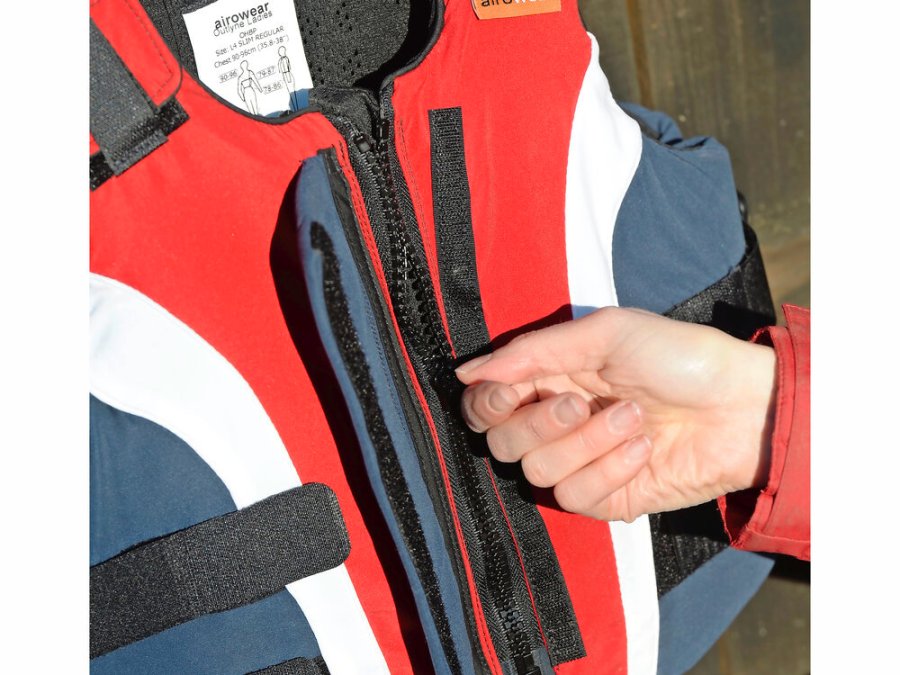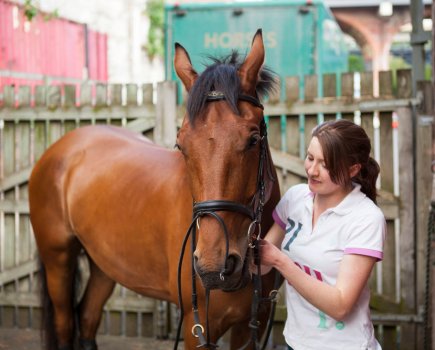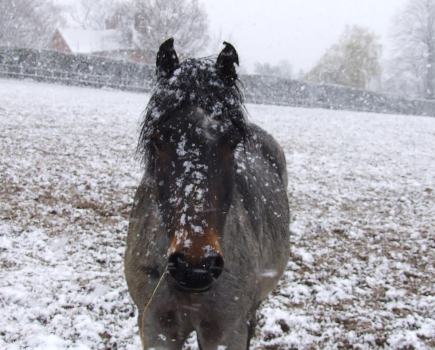Take good care of your body protector, and it will protect you for longer and more effectively.
- Body protectors should be replaced every three to five years, after which the impact absorption properties of the foam may have started to decline.
- If you have a heavy fall, check your body protector for dents. The foam is designed to expand back to its original shape within 30 minutes, but if you find a dent it’s likely that this part has lost its impact absorption properties and the body protector should be replaced.
- Buying a second-hand body protector is not recommended — you don’t know its history and it may have hidden damage.
- Don’t leave your body protector lying around on the yard to be kicked or trodden on. Leaving it in a hot car or damp tackroom won’t do it any good either.
- Hang your body protector on a clothes hanger when you’re not using it. Fasten the zips and do up Velcro fastenings — this will help it to keep its shape and stop fastenings getting dirty.
Levels of protection
Level 1 Black Label (2009) or Green Label (2018)
Body protectors providing a lower level of impact protection.
Level 2 Brown Label (2009) or Orange Label (2018)
These provide a lower than normal level of protection and are appropriate for low-risk situations. This level is allowed in racing, but doesn’t include riding on the roads, jumping, riding young/excitable horses, or for inexperienced riders.
Level 3 Purple Label (2009) or Blue Label (2018)
These provide a normal level of protection for riding, competitions and working with horses. It’s this level of protector that is compulsory for the cross-country phase in British Eventing, British Riding Clubs and the Pony Club.
Don’t miss the latest issue of Your Horse Magazine, jam-packed with training and veterinary advice, horse-care tips and the latest equestrian products, available now.









